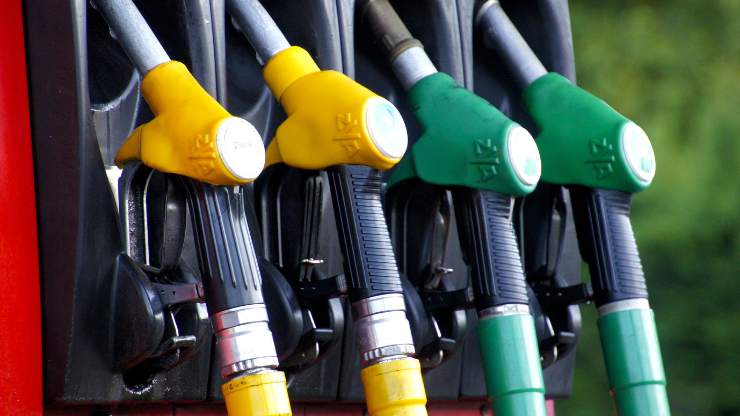Driving with a water basin on your seat can help you save gas. Sounds crazy, but it’s a very popular trick.

In this period of price increases it has become necessary to resort to the most disparate tricks to save a few euros. Fuel is one of the most critical points, in fact prices keep increasing more and more.
In fact, the most imaginative motorists are spreading a myriad of methods, very imaginative but at the same time effective, which can help you face this period of crisis.
One of the most absurd but at the same time effective tricks is that of bowl of water: many can no longer do without having one with them while driving. But how could a bowl help us save money? Here is explained why.
Basin of water in the car, because we should always have one in the passenger seat
There are several ways to save on fuel: waiting for the price to drop by a few cents to fill up, find out about the prices of all petrol stations, always choose self-service rather than served…
Among all these factors, one of the most important is also the driving style. Indeed the brake abrupt, le accelerate sudden changes and the engine always revving greatly increase the consumption of the machine. Moreover this style of driving could also be dangerous.

This is where our water basin comes into play. Indeed to prevent the water from leaving the basin, wetting all the seatsthe driver must be very careful not to speed up or decrease too abruptly.
After getting used to driving in this very constant way, we will also be able to get rid of the basin, while still continuing to save on petrol. Will you try this method, or would you prefer not to soak your car?
How to reduce consumption while driving
As we have already anticipated, to prevent the machine from consuming too much fuel, abrupt braking and acceleration must be avoided, and prefer the car to come at speed gradually and keep one constant speed.
Also and absolutely not recommended to “pull” the car to rev it up. This behavior would be fine when driving a race car, but on the road it is best shift gears as soon as possible and rev the engine a few times.

Also moderate your use of heating and air conditioning, which are notoriously fuel-intensive. Don’t roll down the windows because the car will find it more difficult to move forward and consumption will rise.
Finally, a piece of advice is to turn off the engine when you stop for more than a few minutes. Turning the engine off and on continuously consumes more petrol, but if you have to stand still for a long time it is advisable to turn off rather than leave the engine running.



